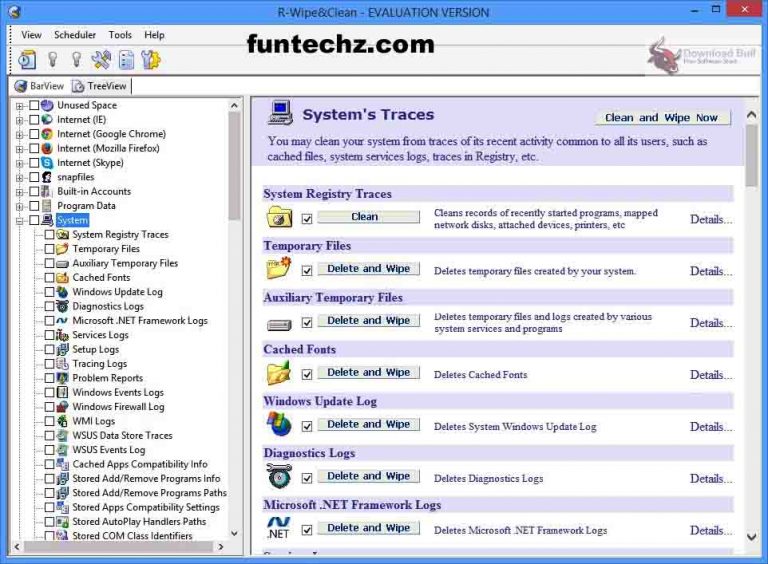

Although an inconveniently lengthy process, this will ensure that all your files are completely erased and your privacy is fully protected. However, bear in mind that wiping the drives entirely is likely to take a few hours, so plan accordingly. Wiping your Windows 10-powered laptop can be considered one of the easiest processes out there, as it allows you to simply follow a clearly-defined set of instructions that you can read next to whichever Recovery option you wish to select. Follow the prompts to complete the process.Click 'Get Started', and select 'Remove Everything' - or the option that best fits your needs.Although the method hasn’t changed much since the release of the latest generation of Microsoft’s flagship generation, there are a few differences that you might want to keep in mind. On Windows 10 Microsoft has once again made it easy for users to wipe a hard drive. When you choose to erase data, make sure you click on the 'thoroughly' option rather than 'quickly', to help protect against data from being recoverable in the future. Click 'Remove Everything and reinstall Windows '.It is thankfully quite easy to wipe a hard drive in Windows 8 or 8.1. If the machine is going to see new use, you can then reinstall Windows 7 from any disc or bootable USB stick with Windows installation files, although you'll likely want to upgrade this to Windows 10. The tool will then take you through the steps necessary to remove all data.Restart the laptop and boot to BIOS using the appropriate function key (usually F2 or F12).Create a USB flash drive using the tool above, and insert it into the machine.It's downloadable as an ISO image but you will need to extract it onto a bootable USB or disc in order to use it as a boot device. Although the legacy OS is now obsolete, you might still run into older devices with the software still installed. Wiping a laptop running Windows 7 shouldn't be too difficult. Let's start with the oldest OS versions you're likely to encounter.


 0 kommentar(er)
0 kommentar(er)
